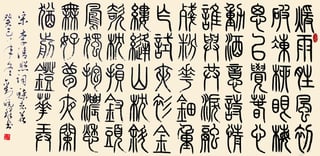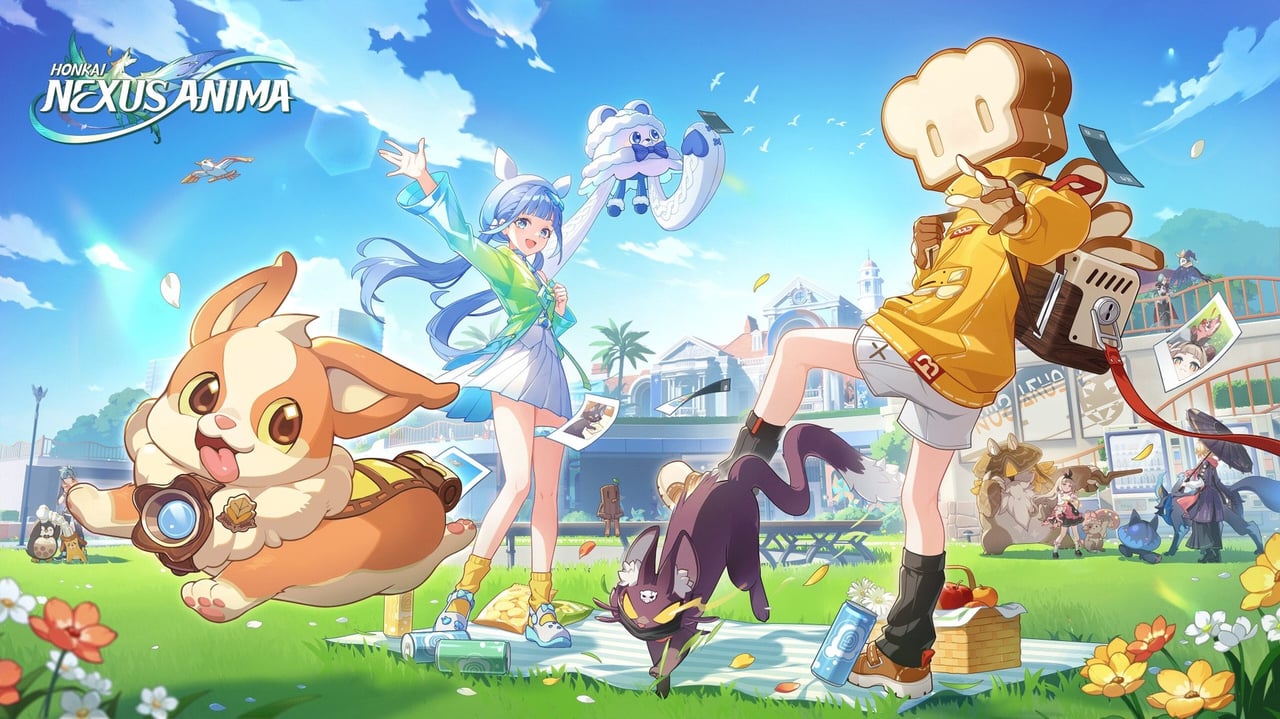
Traditional Chinese characters are one type of standard Chinese character sets of the contemporary written Chinese. The traditional characters had taken shapes since the clerical change and mostly remained in the same structure they took at the introduction of the regular script in the 2nd century. Over the following centuries, traditional characters were regarded as the standard form of printed Chinese characters or literary Chinese throughout the Sinosphere until the middle of the 20th century, before different script reforms initiated by countries using Chinese characters as a writing system. Traditional Chinese characters remain in common use in Taiwan, Hong Kong and Macau, as well as in most overseas Chinese communities outside Southeast Asia; in addition, Hanja in Korean language remains virtually identical to traditional characters, which is still used to a certain extent in South Korea, despite differing standards used among these countries over some variant Chinese characters. In Taiwan, the standardization of traditional characters is stipulated through the promulgation of the Standard Form of National Characters, which is regulated by Taiwan's Ministry of Education. In contrast, simplified Chinese characters are used in Mainland China, Malaysia and Singapore in official publications. The debate on traditional and simplified Chinese characters has been a long-running issue among Chinese communities. Currently, many Chinese online newspapers allow users to switch between both character sets. From Wikipedia
